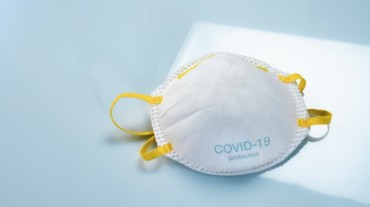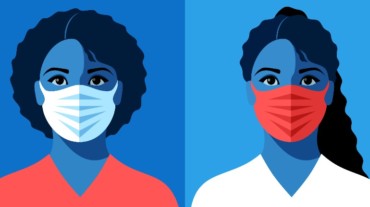
The saga of covid-19 has taken a new turn. According to the global community of scientists, the novel coronavirus can very well be airborne. And now even the World Health Organisation (WHO) is acknowledging the emerging evidence on the matter.
In fact, the WHO has even revised a few of its covid-19 guidelines to factor in the possibility of indoor airborne transmission of SARS-CoV-2.
In a statement yesterday, the WHO said:
Airborne spread particularly in specific indoor locations, such as crowded and inadequately ventilated spaces over a prolonged period of time with infected persons cannot be ruled out.
This is a stark change from the international health agency’s earlier stance where they denied the possibility of airborne transmission and asked for more definitive proof.
The WHO also noted that studies evaluating covid-19 outbreaks in restaurants, choir practices and fitness classes suggest the virus might have been spread in the air.
What does airborne transmission mean?
We’ve known for a while that the SARS-CoV-2 can survive on surfaces for a few hours. However, this is not considered the primary source of infection. Person-to-person transmission—where an infected person sneezes or coughs, releasing the infected droplets which are then inhaled by someone else, thus infecting them—has been the main cause of concern.
In airborne transmission though, these droplets stay suspended in the air for a long time capable of infecting someone long after the carrier has left the area.

It’s perhaps the panic that the possibility of airborne transmission of covid-19 can cause that is keeping the WHO tight-lipped about the situation. This is probably the reason why the agency also said that other modes of transmission i.e. surface-to-person and person-to-person, can explain the spread of the coronavirus in closed spaces.
What are the precautions we can take to save ourselves from covid-19 in the air?
Well for starters, wearing that mask has become even more important. When you are outdoors with a mask properly covering your nose and mouth, then the possibility of you inhaling the pathogen suspended in the air becomes really slim.
Select Topics of your interest and let us customize your feed.
PERSONALISE NOWStaying at home, in well-ventilated spaces, is also another precaution we can take to stay safe. Keeping away from any possible carrier and restricting guests at home can ensure that your home is a covid-free zone. This is all we can do right now to save ourselves and it’s time we follow these precautions to the T.
(With inputs from AP)